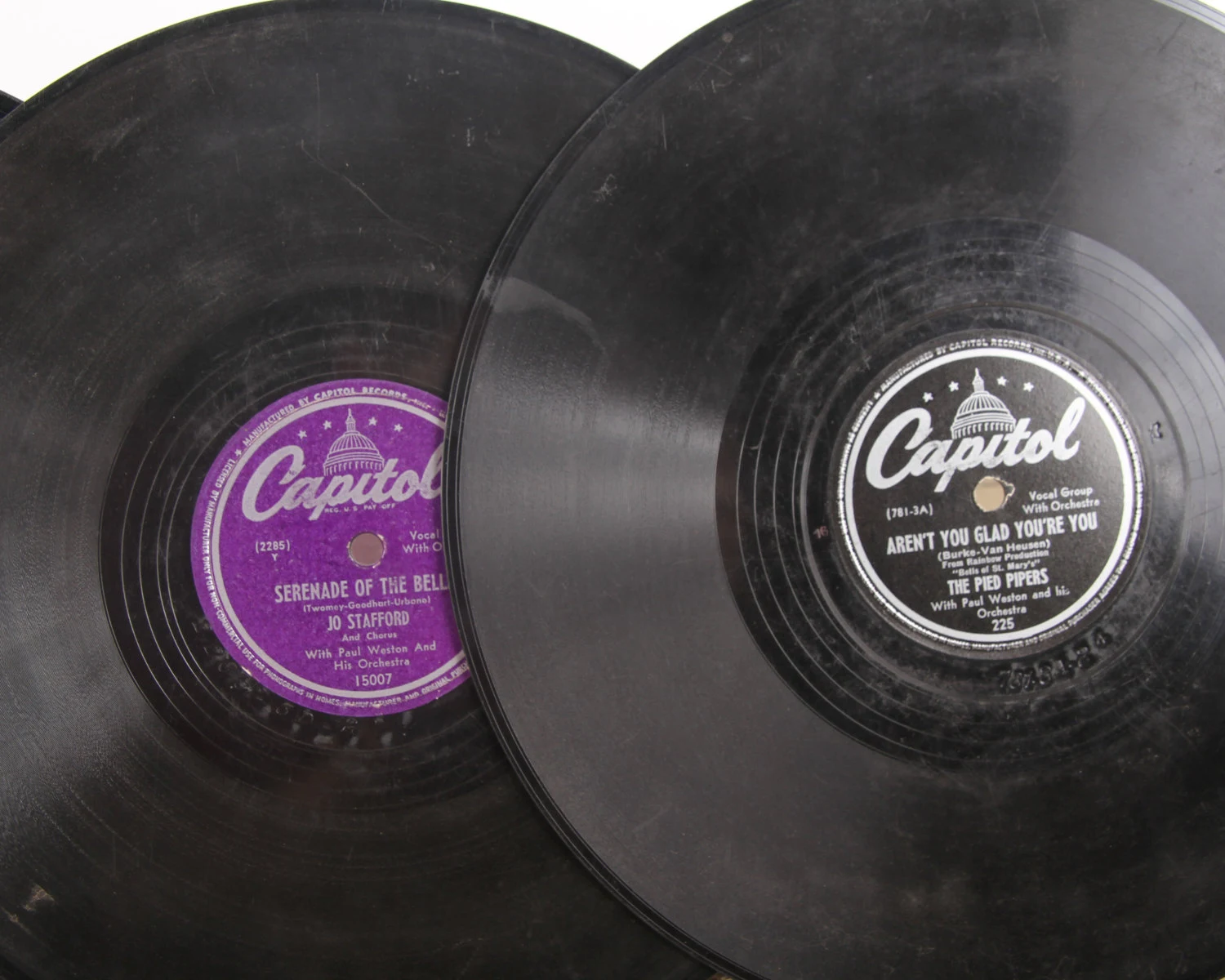In recent years, vinyl records have experienced a surprising resurgence in popularity. This revival has sparked a debate: is it driven by nostalgia, or do vinyl records genuinely offer superior sound quality? Let’s explore the factors contributing to this phenomenon.
Nostalgia and Cultural Appeal
One of the primary reasons for the vinyl revival is nostalgia. Many people who grew up listening to vinyl records in the 60s, 70s, and 80s have a deep emotional connection to the format. The tactile experience of handling records, the large album artwork, and the ritual of playing a record all contribute to a sense of nostalgia. For younger generations, vinyl records offer a tangible link to the past, an opportunity to experience music the way previous generations did.
Tangibility and Collectibility
In an era dominated by digital music, the physical nature of vinyl records is appealing. Collecting vinyl allows music enthusiasts to own a piece of musical history. Limited editions, colored vinyl, and unique album art make vinyl records collectible items. The act of browsing through record stores, discovering rare finds, and building a personal collection adds to the charm and appeal of vinyl.
Superior Sound Quality
Another significant factor in the vinyl revival is the perception of superior sound quality. Vinyl records offer an analog sound, which some audiophiles argue is warmer and more natural compared to digital formats. The analog nature of vinyl captures the full range of sound waves, providing a richer listening experience. While digital formats compress audio files, potentially losing some nuances, vinyl records preserve the original recording’s depth and detail.
The Role of the Music Industry
The music industry has played a crucial role in the revival of vinyl records. Many artists and record labels have embraced the format, releasing new albums and reissuing classics on vinyl. This support from the industry has helped sustain and grow the market for vinyl records. Record Store Day, an annual event celebrating independent record stores, has further boosted interest in vinyl by offering exclusive releases and promotions.
Social and Community Aspects
Listening to vinyl records is often a social activity. Unlike digital music, which is frequently consumed individually through headphones, vinyl records encourage shared listening experiences. Hosting listening parties, discussing favorite albums, and exploring new music together are all part of the vinyl culture. This sense of community and shared passion for music enhances the appeal of vinyl records.
Conclusion
The revival of vinyl records is a multifaceted phenomenon. While nostalgia and cultural appeal play significant roles, the perceived superior sound quality and the tangible, collectible nature of vinyl records are also crucial factors. The music industry’s support and the social aspects of vinyl culture further contribute to its resurgence. Whether driven by nostalgia or the quest for superior sound, the vinyl revival is a testament to the enduring appeal of this classic music format.




